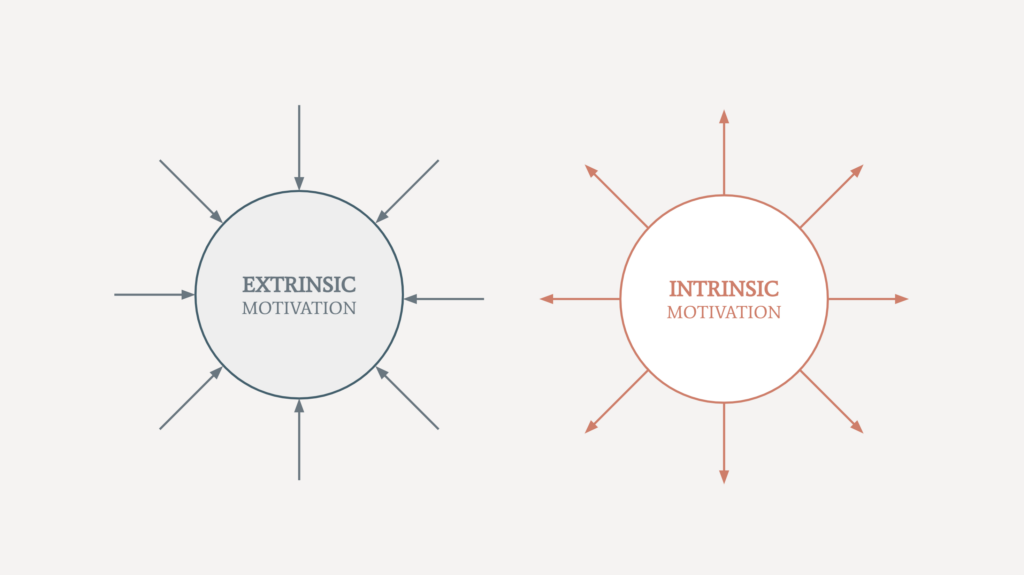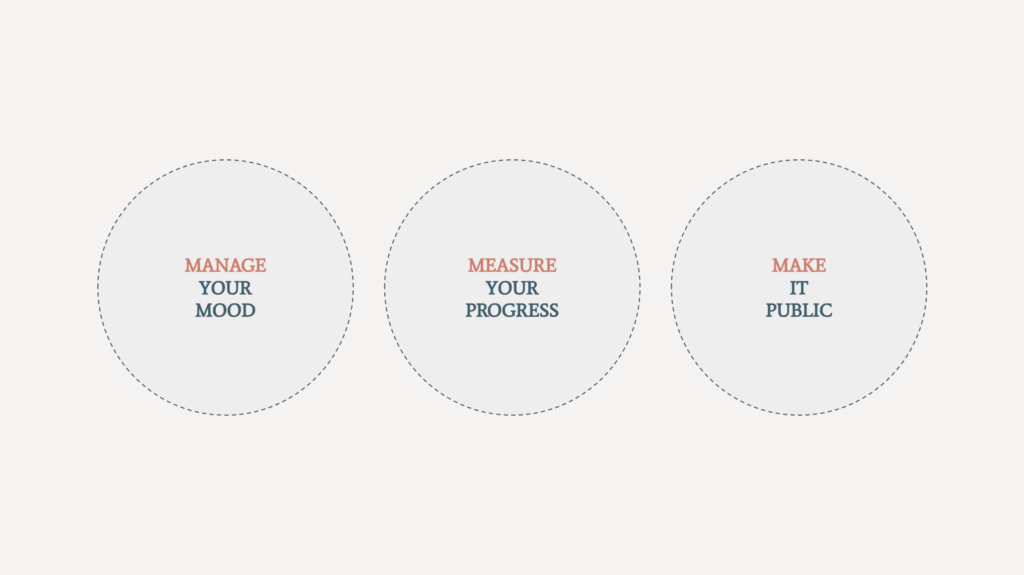Motivation is a fickle friend. One day, you’re bursting with energy and enthusiasm, tackling your projects with a sense of flow. The next, you find yourself stuck in a rut, struggling to muster the drive to get anything done. It’s a frustrating cycle that can leave you feeling helpless and unproductive.
This is especially true for long-term projects that involve some of the slower, longer-term kind of grind, such as writing content and building communities. You know you care, but you’re bound to have days where it’s just hard to get to work.
But what if you could break free from this cycle and take control of your motivation? Self-motivation isn’t some mysterious force that you’re born with or without. It’s a skill that can be learned and developed. By understanding the science behind it, you can master the tools you need to stay motivated and make progress on the projects that matter to you.
The Science of Motivation
Research suggests that motivation finds its roots in the dopamine pathways in our brain. When we anticipate that something will feel good, dopamine starts kicking in. And this is very relevant to self-motivation, as imagining the reward we’d get by acting gives us a little boost in dopamine, just as if we actually acted already.
According to psychologists, there are two main types of motivation:
Extrinsic motivation. The most common sources of extrinsic motivation are external rewards, such as earning money, winning a prize, or getting good grades. Extrinsic motivation can also be negative, for example being scared of getting fired or of having a fight with your partner. While extrinsic motivation works great in the short term, it will only last as long as you consider the external rewards to be satisfying. Not interested in money anymore? There goes your motivation.
Intrinsic motivation. Intrinsic motivation has been defined as the desire to seek out new things and new challenges, to test and analyze your abilities, and to complete tasks you find rewarding in and of themselves. It was first discovered in animals engaging in playful and curiosity-driven behaviors, even without a given reward. With intrinsic motivation, the reason why you act is internal.

How do you build more intrinsic motivation into your life? Researchers have identified three key ingredients you need to build intrinsic motivation.
The first is self-efficacy, trusting that you have the choice and the freedom to act however you want to. Of course, you need to be aware of your current motivational state, but researchers discovered that equally important is how confident you feel in your ability to change it.
The second one is curiosity. Neuroimaging studies suggest that intrinsic motivation and curiosity share the same dopaminergic systems. It’s much easier to feel motivated when you find a question interesting or when you notice an information gap you want to fill.
Interestingly, neuroimaging studies have revealed that self-efficacy and curiosity are not only important ingredients for self-motivation but are also interconnected in the brain. A study found that the strength of activation of the “curiosity brain network” mediates the relationship between self-efficacy and curiosity.
In other words, your confidence in your ability to change your motivational state plays a significant role in shaping your curiosity. This link between self-efficacy and curiosity in the brain shows the importance of cultivating both factors when you want to motivate yourself.
Lastly, you need a feeling of increased competence—believing that the task will teach you something new and make you more knowledgeable and more efficient. This sense of growth and mastery keeps you motivated to continue pursuing the task even in the face of setbacks.
Self-efficacy, curiosity, and competence: these are the three ingredients you need to regain and maintain self-motivation. So, how do you unlock those ingredients?
A Toolkit for Self-Motivation
While you cannot force self-motivation, you can create the perfect conditions for cultivating a sense of self-efficacy, curiosity, and competence. By making small but meaningful changes, you’ll set the stage for your motivation to emerge. I call those simple strategies the 3 Ms of Self-Motivation.

- Manage your mood. It will be much harder to feel self-motivated if you are in a bad mood. Instead of brute-forcing your way to complete a task, take a little break to regulate your nervous system and cultivate a sense of calm. This could be through meditation, treating yourself to a nice, healthy meal, or having an interesting conversation break with a peer.
- Measure your progress. This can be as simple as starting a spreadsheet where you count the number of words you have written, the number of days you have coded, or the number of times you went to the gym. Creating a streak can be extremely self-motivating as you won’t want to break it. As a fun bonus, generating graphs can also make your progress easier to visualize—see the GitHub contribution graph as an example.
- Make it public. This is one of the most efficient ways to stay motivated over the long run. Working on a project with intrinsic motivation and adding the extrinsic motivation of a public commitment is a powerful combo. But do not only announce your project: make a pact to share regular updates, whether it’s with your colleagues or on social media.
Manage your mood, measure your progress, make it public. These three simple steps that can greatly help you get motivated, and more importantly, stay motivated so you can achieve your most authentic ambitions, even on days when it’s hard to get to work.
